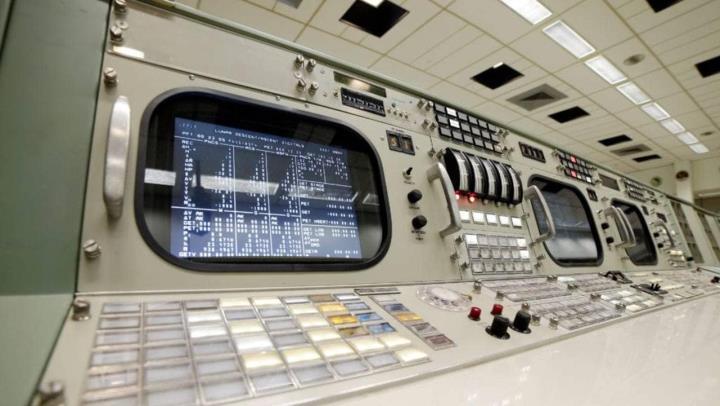
5 minute read
Quirky Quantum-ing
from YSJ Issue 1.1
by YSJ Club
BY AVANEESH TISGAONKAR EDITED BY DELBERT TRAN
In 1969, NASA’s Apollo guidance computer was a “technological beast” of its time. A cubic foot in volume, with a whopping 64KB of memory, and the ability to perform one hundred thousand operations per second, this supercomputer sent humans to the moon (Zmescience). Just half a century later, we have miniscule smartphones dwarfing the capabilities of the guidance computer . Able to perform nearly 17 trillion operations per second, Apple’s iPhone 14 pro is infinitely faster than NASA’s once-great behemoth.
Advertisement
The secret lies in the microscopic size. The growing interest in miniaturization produces components that are smaller, faster, cheaper. At the base level, the transistor is the data processing component of computers. In simple terms, a transistor is like a switch, either blocking or opening the way for information to pass. Based on the signal received, by electricity– the flow of electrons– a transistor will relay information, which is then stored in bits. Conceptually, these bits have a binary value of a 1 or a 0. Transistors are then packed by the millions into the computer’s processing unit: the CPU. The individual transistors convey these basic, simple bits to other transistors, allowing for a coherent transfer of signals, allowing classical computers to do large numbers of operations.
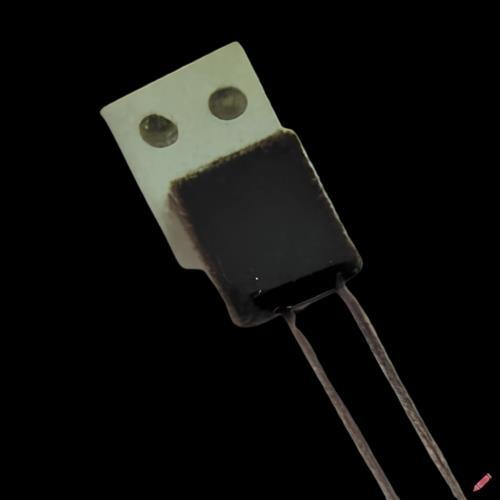
However, as transistors shrink to the atomic level, we run into a unique phenomenon: quantum tunneling. Electrons transfer themselves through the physical boundary of a transistor, changing the intended result of the electrical signal. Although this may not get you through the wall to Platform 9 ¾, tunneling results in unique signal transfers, where electrons, the quantum unit of electricity, can bypass and even reach an endpoint faster than normal routing. Quantum computers aim to exploit quantum tunneling and other quantum properties to effectively perform calculations and solve problems.
One such quantum property is quantum superposition. In the quantum world, the value of an electric signal does not have to be exactly 0 or exactly 1. Qubits, the quantum equivalent of a classical bit, can exist in any linear combination of the two states at once. This is superposition. Too complicated? Here is a simple analogy: If a quarter is placed on a table, an observer will easily be able to identify if the quarter is facing “heads” or “tails.” This is a classical bit. However, for a qubit, imagine the quarter is rapidly spinning on the table. Now, an observer cannot distinguish if the quarter is exactly facing “heads” or “tails.” The quarter is spinning in a special state, on its side a combination of both “heads” and “tails.” This is called superposition. Until the quarter stops spinning, whether or not it is “heads” or “tails” is just a probability, and nothing definite. Similarly, until a qubit is measured, the qubit is in a combination of probabilities for 0 and 1. The exact combination is unknown. This property allows an exponential increase in the sets of data that bits can hold.
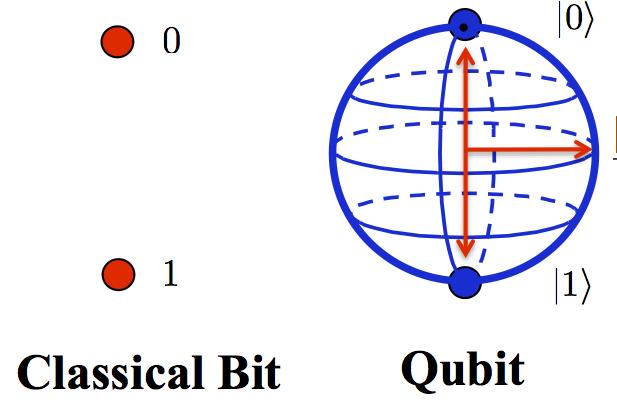
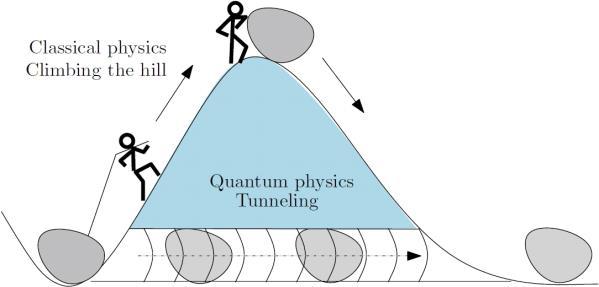
Another unique property of qubits is entanglement. Quantum entanglement is the phenomenon when two particles [electrons] link together, no matter how far apart they are in space (Space.com). Think of it like a long-distance relationship, it lasts indefinitely, at any distance, until they break apart from external forces. Even Einstein described this common-sense defying property as “spooky,” as it implies that one electron is sending information to another electron instantaneously. An invisible information transfer is occurring, faster than light. Today, quantum entanglement is widely accepted and has been proven by scientists, to be in fact, possible. In a practical sense, measuring just one of the qubits at any point in time will give the exact details of the entangled qubit. Quantum entanglement allows data correlations to be inferred, otherwise impossible to achieve with classical computers (linkedin). The number of qubits and electrical signals that can be processed simultaneously is augmented to a groundbreaking amount.
A third quantum property is used in quantum computers: interference. Interferenceis essentially combining two waves, so they either constructively interfere, and the waves’ amplitude increases, or they destructively interfere,and simultaneously cancel. Interference allows us to predispose the measurement of a qubit toward a desired state or set of states, by amplifying a signal leading to the “right answer” and killing the signal leading to the undesired state.
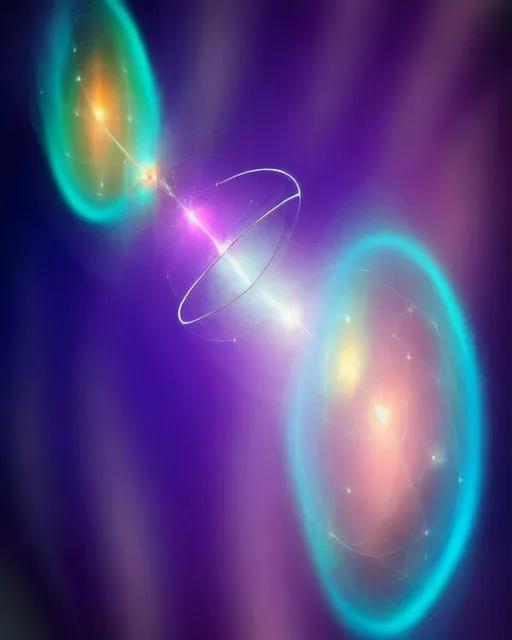
Quantum computing, in all its majesty, is just like communism and social utopia. While it is idealistic, it is incredibly difficult to achieve. The aspect of quantum physics that hinders the progress of quantum computing is called decoherence (educative.io).When a qubit is exposed to an external environmental factor, most notably: temperature fluctuations or electromagnetic waves, the superposition state has a high chance of collapsing, resulting in an uncontrollable alteration, and catalyzing the destruction of the quantum information (Scientific American).

Scientists and engineers have deduced ways to manipulate quantum particles, minimizing decoherence. For instance, quantum computers often hold qubits at freezing temperatures, minimizing temperature fluctuations and decoherence (Educative). Others hold qubits in a vacuum-state, reducing vibrations and balancing the state of the qubits. Decoherence still hinders progress, as the methods of scientists are at times faulty, or difficult to scale. The frigid conditions or vacuum-state make them unusable as regular tools in our lives.
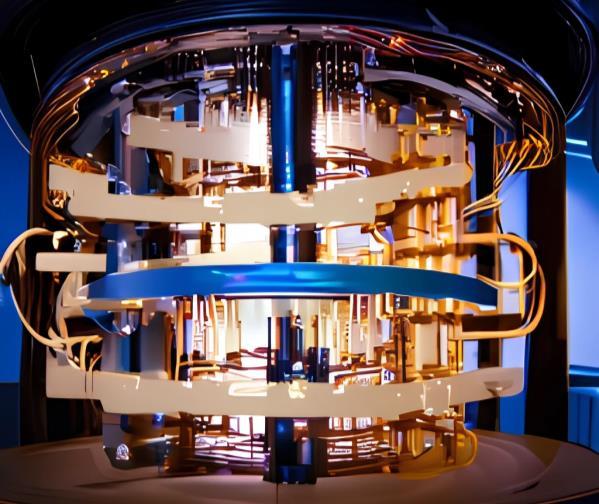
As with the early supercomputers, quantum computers remain in their earliest stages, and, therefore, are gigantic in size and incredibly costly. The state-of-theart quantum computer (as of December2022),IBM’s Osprey, is a cubic yard in volume and costs millions of dollars. Such factors make quantum computers impractical and inaccessible for most people.
“Quantum computers” symbolize futuristic, out-of-reach ideals. However, once problems like decoherence, size, and cost are solved, the numerous advantages of quantum computers can be applied to the real world. The increase in speed and power is applicable to various careers:AI and machine learning, computational chemistry, cybersecurity,and drug development. We do not know when – years, decades, maybelonger – but quantum computing is sure to offer endless possibilities for the realm of technology.
References
1. Admin, Byju. “Quantum Tunnelling - Quantum Mechanics, Applications, Faqs.” BYJUS, BYJU'S, 6 May 2022, https://byjus.com/physics/quantum-tunnelling/
2. Classiq. “Interference in Quantum Computing.” RSS, Classiq Technologies, 2 Aug. 2022, https://www.classiq.io/insights/interference-in-quantum-computing
3. Emspak, Jesse. “Quantum Entanglement: A Simple Explanation.” Space.com, Space, 16 Mar. 2022, https://www.space.com/31933-quantum-entanglement-action-at-a-distance.html.
4. Mishra, Biswa Prakash. “Quantum Computers: Why They Are Hard to Build - and Worth the Effort.” Swarajyamag, 9 Mar. 2022, https://swarajyamag.com/science/quantum-computers-why-they-are-hard-to-buildand-worth-the-effort.
5. Pakin, Scott. “The Problem with Quantum Computers.” Scientific American Blog Network, Scientific American, 10 June 2019, https://blogs.scientificamerican.com/observations/the-problem-with-quantum-computers/.
6. Puiu, Tibi. “Your Smartphone Is Millions of Times More Powerful That All of NASA's Combined Computing in 1969.” ZME Science, 13 May 2021, https://www.zmescience.com/science/news-science/smartphone-powercompared-to-apollo-432/
7. Rees, Katie. “What Is Quantum Computing, Is It Real, and How Does It Change Things?” MUO, 19 Oct. 2022, https://www.makeuseof.com/what-is-quantum-computing-how-does-it-changethings/#:~:text=Quantum%20computing%20is%20still%20very,take%20a%20supercomputer%2010%2C000 %20years.
8. Saraiva, Andre. “How Should Quantum Computations Be Priced?” Quantum Computing Report, 29 June 2022, https://quantumcomputingreport.com/how-should-quantum-computations-be-priced/.
9. Schaffer, Erin. “Intro to Quantum Computing: Qubits, Superposition, & More.” Educative, 19 Aug. 2021, https://www.educative.io/blog/intro-to-quantum-computing.
10. Shoja, Sahar. “The Science behind Quantum Computers: Tunnelling and Entanglement.” LinkedIn, 28 Dec. 2017, https://www.linkedin.com/pulse/physics-behind-quantum-computers-entanglement-sahar-shoja.
Images
1. Apollo 11 Supercomputer. Accessed 12 Mar. 2023. https://images.firstpost.com/wpcontent/uploads/2019/06/apollo-11-mission-control.jpg
2. AI-generated
3. Emre, Suresh. “Qubit vs Classical Bit.” Sureshme.wordpress, 27 Nov. 2016, https://sureshemre.files.wordpress.com/2016/11/qubit.png. Accessed 12 Mar. 2023.
4. “Quantum Tunneling.” Physics.stackexchange, https://i.stack.imgur.com/VuqhM.png. Accessed 12 Mar. 2023.
5. AI-generated
6. AI-generated
7. Hingley, Ronald Francis. "Joseph Stalin". Encyclopedia Britannica, 1 Mar. 2023, https://www.britannica.com/biography/Joseph-Stalin. Accessed 12 March 2023.



